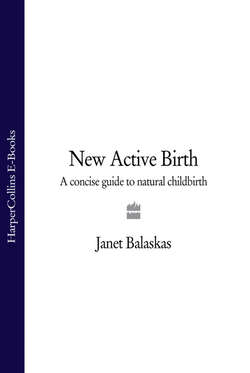Читать книгу New Active Birth: A Concise Guide to Natural Childbirth - Janet Balaskas - Страница 21
Squatting
ОглавлениеFreedom to change position is more important than a single, optimal or best position during labour. It is unlikely that any woman would elect to remain in one position throughout labour. However, squatting is closest to nature’s laws and is known as the physiological position. A position is physiologically effective:
when there is no compression on the vena cava and the aorta
when the pelvis becomes fully mobilised
Supported squatting seems to be especially efficient at the end of the second stage when the baby is being born. The squatting position produces:
maximum pressure inside the pelvis
minimal muscular effort
optimal relaxation of the perineum
optimal foetal oxygenation
a perfect angle of descent in relation to gravity
A supported squat is essential in a breech delivery as it reduces delay between delivery of the umbilicus and the head.
Another useful position is the all fours position. The presenting part rotates inside the pelvis more easily when a woman is on all fours. This position can be especially useful if the baby is lying posterior or the birth is very fast.
None of the women in all the recent studies were prenatally prepared to gain ease and comfort in the squatting, kneeling, crouching and all fours position. How much better would the upright groups of women have fared if they had the additional benefit of physical preparation. (A controlled study of this kind has not yet been done.)
